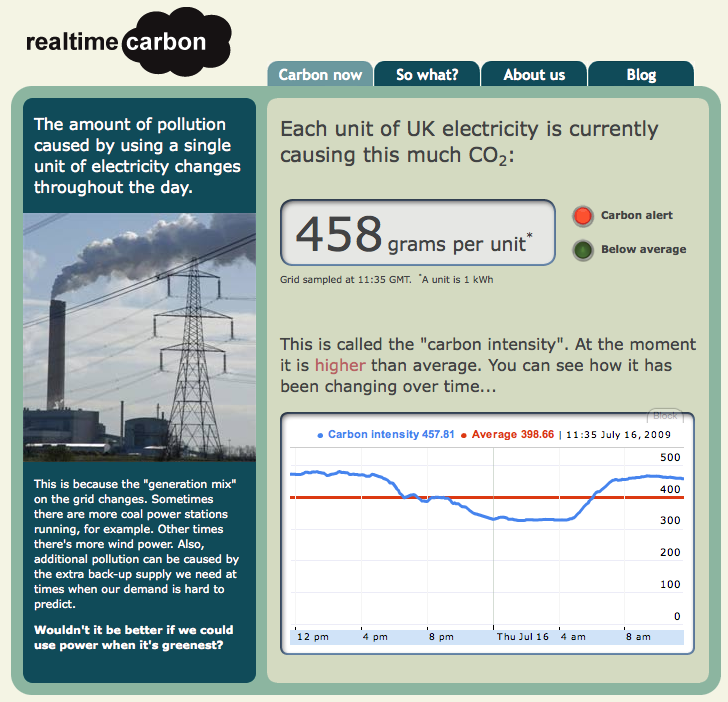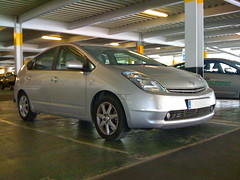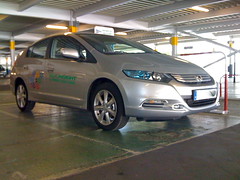
Photo credit Mikey aka DaSkinnyBlackMan in Iraq
I was invited by James McClelland and Maureen Coveney to participate in a panel at SAP’s Sapphire conference earlier this year discussing Smart Grids.
One of the key points I made was that utilities are not used to having to deal with customers. The only real interactions utilities have with customers are 1) sending out bills and 2) when the power goes and customers ring up to complain. It is highly unusual to have a utility company poll its customers when rolling out a new product, for example (for that matter, when was the last time your utility rolled out a new product?).
With the requirement to roll-out smart grids and the increasing empowerment of customers using web 2.0 technologies, for example, utilities are now going to have to learn to listen to their customers very quickly. Any roll-out of demand response programs which doesn’t take customer concerns into account is almost certain to run into serious difficulties. I have heard several utilities talk about using smart grids to come into customers houses and turn down their air conditioning at times of peak demand. Wrong! This kind of message will not sell easily.
A recent example of a not-so-smart grid was highlighted by 3News in New Zealand recently when they reported that the smart grids being rolled out there were ones where:
the benefits from smart meters almost entirely accrue to the retailer… Consumers will end up paying for meters that provide them with minimal benefits
Utilities are going to have to radically change how they deal with their customers, and quickly or they risk having spectacular failures when they launch their smart grid initiatives!
Related articles by Zemanta
- Consumers May Find Smart Appliances a Dumb Idea (hardware.slashdot.org)
- Vermont Utility Signs with EnerNOC (xconomy.com)
- Are consumers ready for a smart grid? (cnn.com)
- PG&E Turns Away from PowerMeter, Hohm and Others In Favor of Open Smart Grid Standards (treehugger.com)
- Google to end trips to the meter cupboard (geeksaresexy.net)







